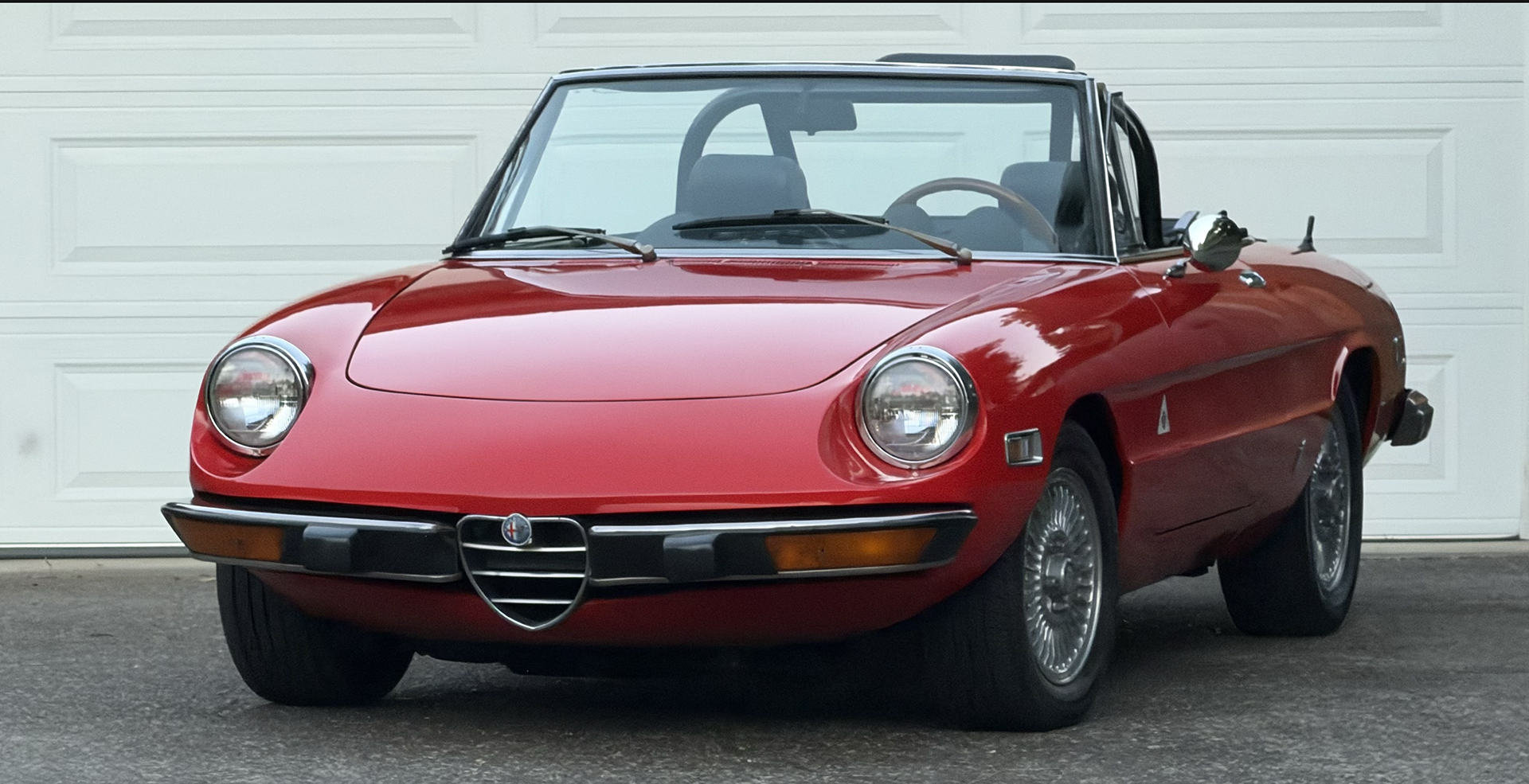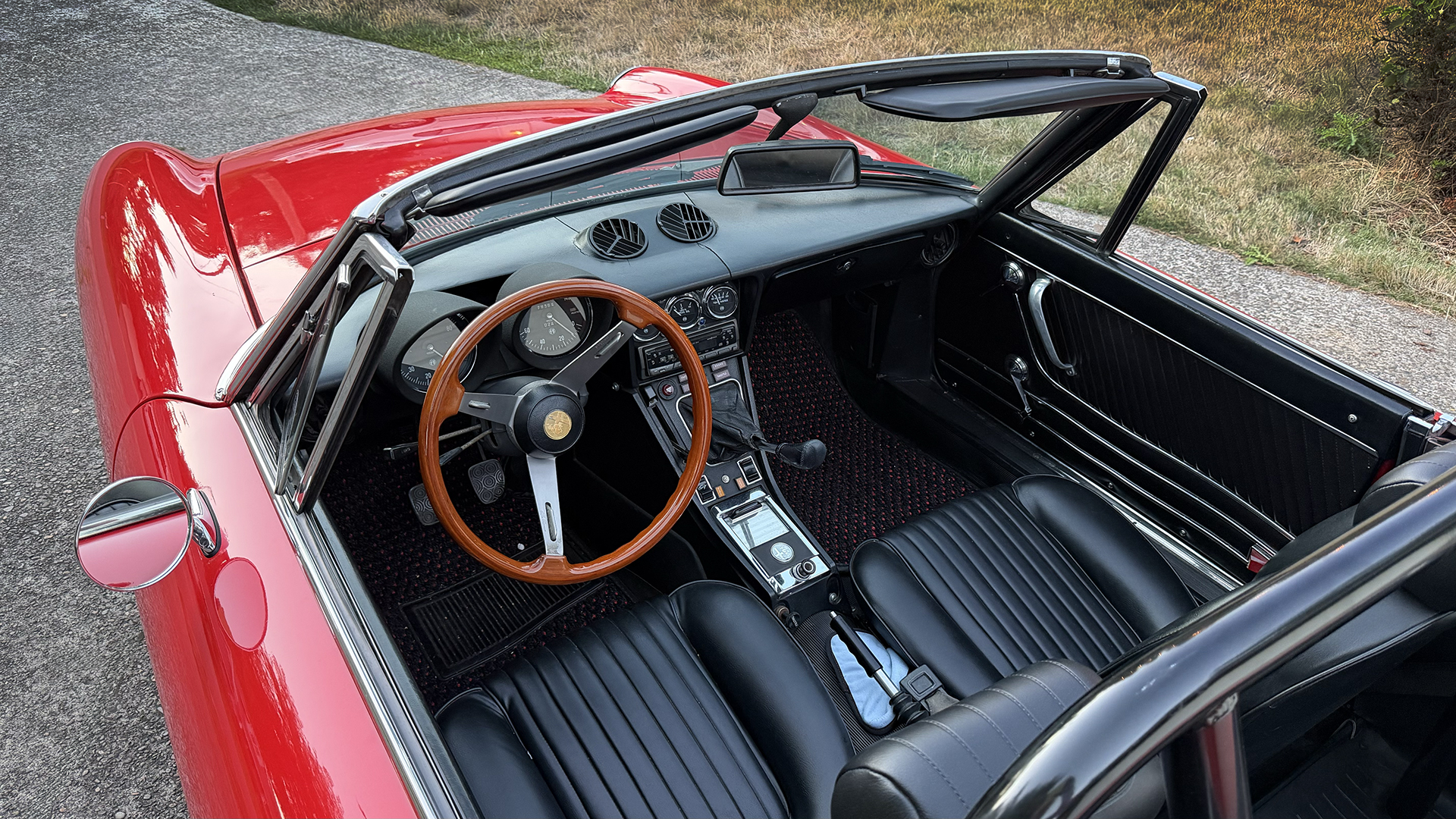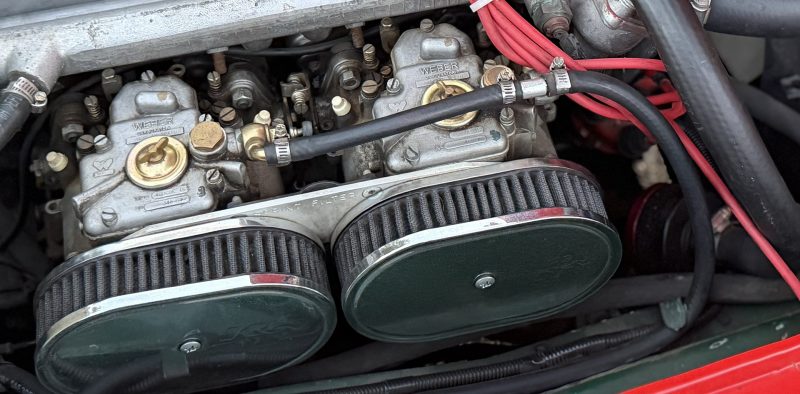While it’s not uncommon to see a 2nd-generation Alfa stripped of its SPICA mechanical fuel injection and dual Weber carburetors, installed in their place, I must admit that after adding a SPICA car to the collection, I began to question the logic of that move on my 73 Spider. I would have left well enough alone.
Granted, there was a period in time where parts were tough to get, expertise was lacking, and it’s really easy to screw up a SPICA system, so I get it. Many Alfisti swear by the tuneability and flexibility of carbs as opposed to the SPICA system, but let’s face it – are you really getting ready for that many track days with varying conditions? And it seems that the ratio of great running carbureted cars to opinions on how to adjust said carbs is just about as rare as SPICA owners with unmolested injection systems.

Fortunately, here in the Pacific Northwest, we have Wes Ingram Enterprises (https://wesingram.com/) to help keep SPICA cars at peak performance. My ’79 is running great after a trip to Nasko’s Imports in Portland, Oregon, so next spring or summer looks like a good window to get the car in and have everything gone over by the SPICA master.
Again, Mr. Nasko to the rescue. Giving the ’73 a complete tune-up: valves adjusted, fresh plugs, and most of all those carbs adjusted and synced makes for a dramatic difference in the car’s performance. The car is still a bit cold-blooded at first tickover, but once it’s been running for a few minutes, it settles down to a nice, smooth idle. At last fill up, a much more reasonable 22 mpg was returned.
Back to Nasko and the Webers. The prior owner of my ’73 said that “the carbs hadn’t been touched since he bought the car 12 years ago,” which made getting a complete tune-up even more of a priority – though the car ran ok. It did drink fuel though, and was only able to achieve about 14mpg. Without a fully sorted car to compare it to, it was impossible to discern what correct behavior is.

Now the car runs much smoother through the rev range, and of course, those Webers do make a great noise indeed. And I have to admit I really like the sheer tidiness of that engine compartment. Considering the cost of a bumper change on a newer car, and that this car has an interior much closer to that of an original first-generation round tail, I think it makes more sense to just keep it around. What’s not to love?
As carbureted engines lack the ability to adjust the mixture on the fly for temperature, humidity, and altitude, it’s best to optimize for the broadest range of driving conditions. The car does not run as crisply when the temperature goes above about 85°Fs F (and honestly the climate here in Portland was a bit milder 12 years ago…) so the 73 is going to end up being more of a spring, fall, and summer nights car. That’s ok.



 Hello and welcome to Heel and Toe.
Hello and welcome to Heel and Toe.



